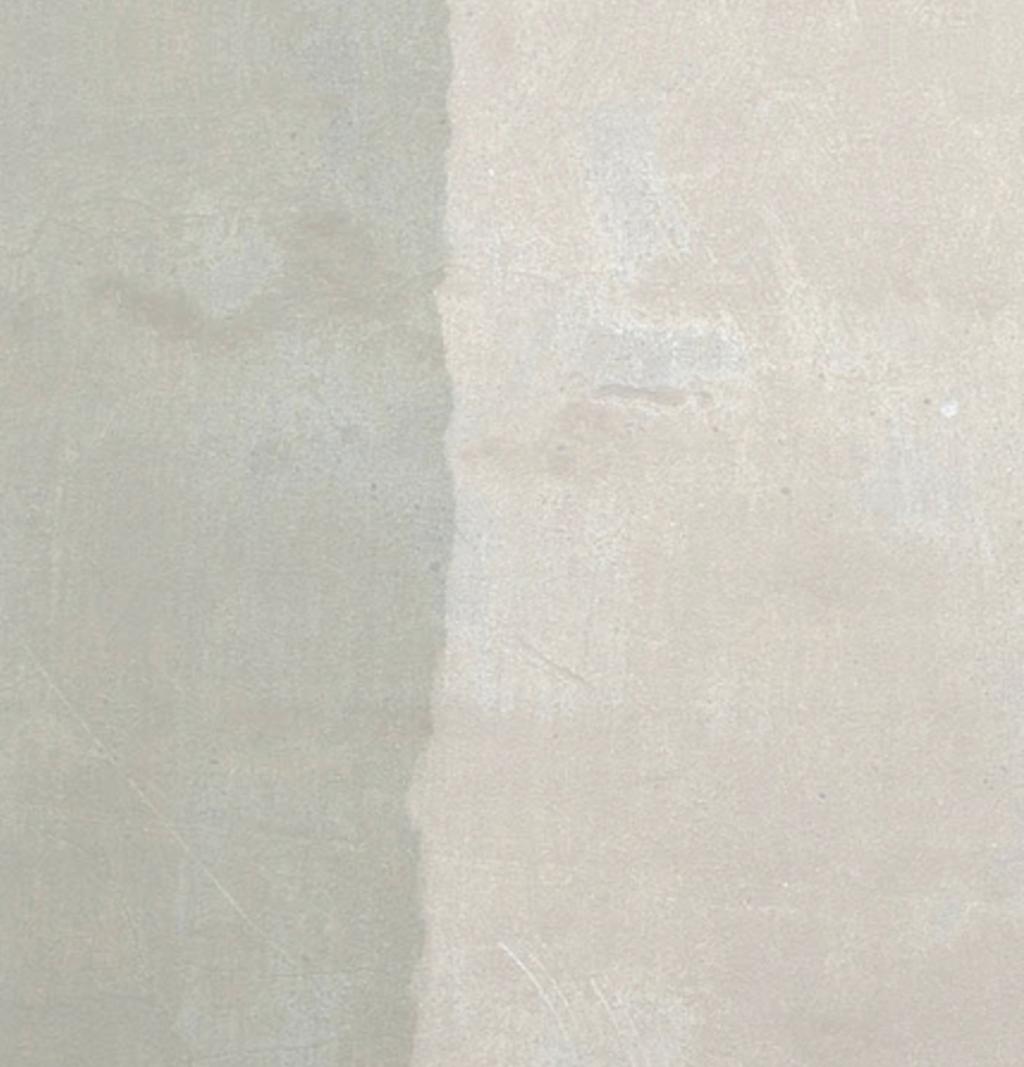
"Conservation by Innovation" TM
Commerce City, Colorado



***There are many options to heating and cooling your building, but most important is building a safe, solid, healthy hybrid structure that requires very little energy, giving greater comfort!






Hybrid Building Systems

Building Control Management
Here’s a WOW for you! High tech control of your high tech home; accessible anywhere, anytime, by smart phone or internet!
Powerful computer programming of your home’s comfort systems.
Tile always seems cold? Ever forget to adjust the temp on the hot tub? Ever had an emergency situation?
Hybrid Homes with Building Control Management can come with these options:
-Zoned Heating/Cooling
-Zoned Snow Melt
-HRV or ERV operations
-Hot tub and Pool temp controls
-Solar PV and Water panel mgmt
-Hybrid/ Geo-Thermal / Solar control
-Maintenance schedules
-Warm tile in Kitchen, Bath, Shower
-Interface with Security and surveillance
-Monitors outdoor temp to adjust settings
-Protect home from freeze damage 24/7
-Send call for service when necessary.
-Send redundant emergency signal from Safe Room!
-And more... Many features are optioned as a plug-in module to the main controller.


***There are many options to heating and cooling your building, but the most important factor is building a safe, solid, healthy hybrid structure that requires very little energy, giving greater comfort with a reduced cost of operation.

COOLING:
As mentioned earlier, differing air temperatures stratify. In the cooling season, this can work in favor of forced-air if designed right. High-velocity or HV is similar to
standard forced-air, only better. HV enters the room from several small ducts rather than one large. HV provides an even and quiet distribution of cooling. Because of their
compact 2” size
, HV ducts fit into tight spaces, around vaulted ceilings and even down walls. The comfort level is much greater, the grills are small and come in a variety of finishes.
Higher quality costs a bit more at first, but is not to be compared in comfort, efficiency and performance. In southern hot areas, buildings should be designed for cooling;
there, radiant becomes optional and
FULLY MODULATING HV systems
become beautiful!
EyeStone Hybrid Homes
TM
by
Hybrid Building Systems!
TM




Electric radiant floor, best for heating cold tile, year-round

All tasks can be managed for peak energy
Conservation by Innovation!™
HEATING:
Radiant Floor Heat
- One of the first things we learn with radiant floors is that
Heat...does NOT rise!
Hot AIR rises. This is a downfall of forced-air, but the beauty of radiant.
Forced-air or “scorched-air” when it’s introduced into the room at 95+ degrees, is much warmer and immediately races to the ceiling leaving the cold air down on the floor where we live.
The forced-air must totally fill the room with hot air and circulate all the air, in order to be warm down below. Many furnaces are designed to accomplish this, and they do it
well.
BUT
Radiant heat being at the floor, only has to produce enough heat to warm the lower half of the room or up to 7 feet in a taller room. Thus the amount of energy needed is considerably
less with no noise. Properly designed radiant systems don’t make a sound indoors, you’re just toasty warm. Warm feet...big smile!
PLUS
Radiant is by far more comfortable and more stable than forced air, even staying warm with the doors and windows opened!
What happens in the room when each system cycles off?
Forced-Air
- the air stratifies or migrates. As the cold air moves down the hot air moves up. This is why your upstairs is so much warmer than the basement. Plus thermostats have what’s
called a “temperature differential.” On forced-air this is commonly set to about 3-6 degrees. This is the temperature swing you feel before the unit is allowed to turn back on, and also
prevents the furnace from short-cycling.
Radiant
-
The upstairs temperature may be as much as 10 degrees
LESS
than the main floor! Air cannot stratify because the warmest air is on the floor where the radiant heat continues to radiate from the concrete; eliminating cold floors
and the temperature swings associated with forced-air. A radiant thermostat is specific to 1/2 degree! ! ! If you’re having temp problems with your radiant, have them confirm the
proper thermostat was used. Always employ a Radiant Heat Professional. Radiant uses more technology than basic “hot water in pipe!”
Conclusion:
Radiant heat is awesome comfort as old as Rome itself, but it’s not for every lifestyle. In a hybrid home with in-floor radiant, it can take days to swing the temperature 10
degrees. Some people like to “chill” the house at night and warm up during the day. Radiant can do this but not well, it’s too constant. With radiant: “Set it & forget it”
When the power goes out, it can also take days for a radiant house to cool down! Others will be on generators with frozen pipes while you’re still warm. Radiant isn’t for everyone, some
people like to be cold in the winter.
Snow-Melt
- (Outdoor radiant heat) Compare the two driveways, which one would you rather have? Properly installed; snow melt only runs when melting snow or ice, providing a safe drive, stairs or
walkway. This can usually be added to our radiant heat systems.





